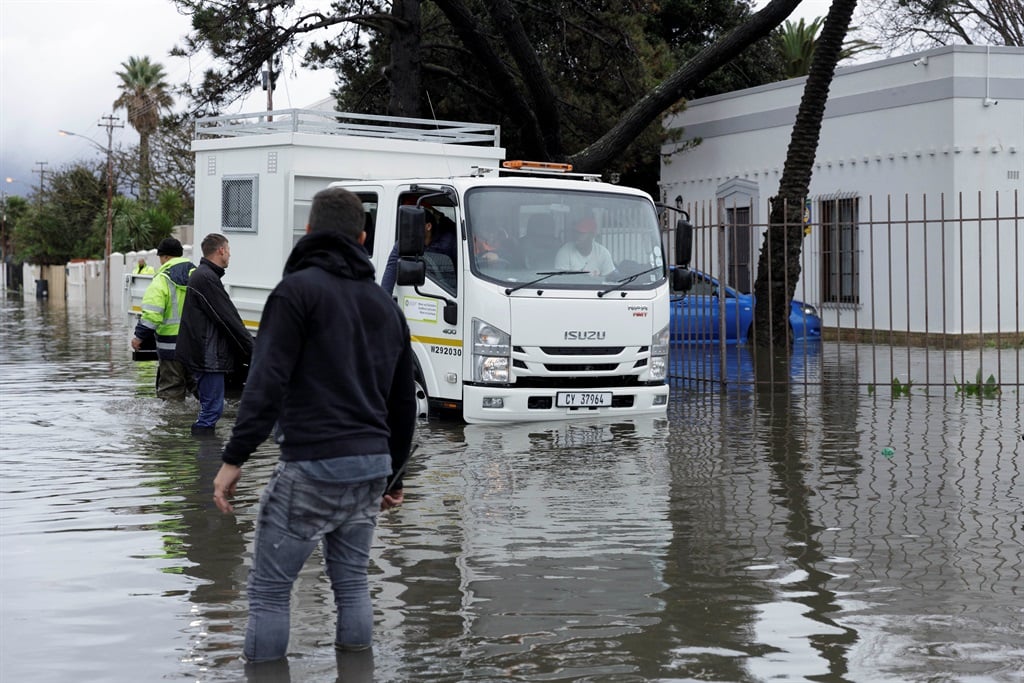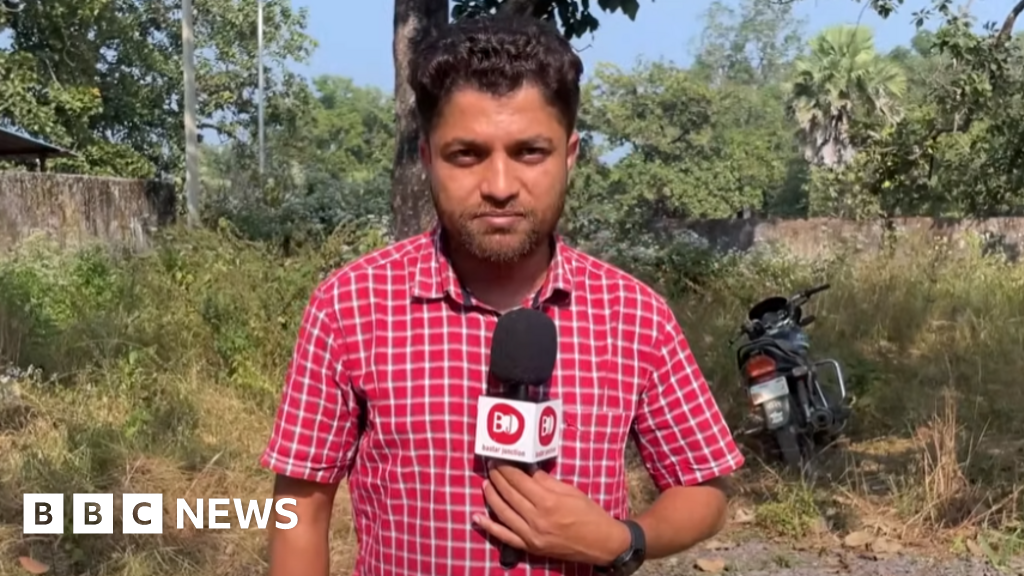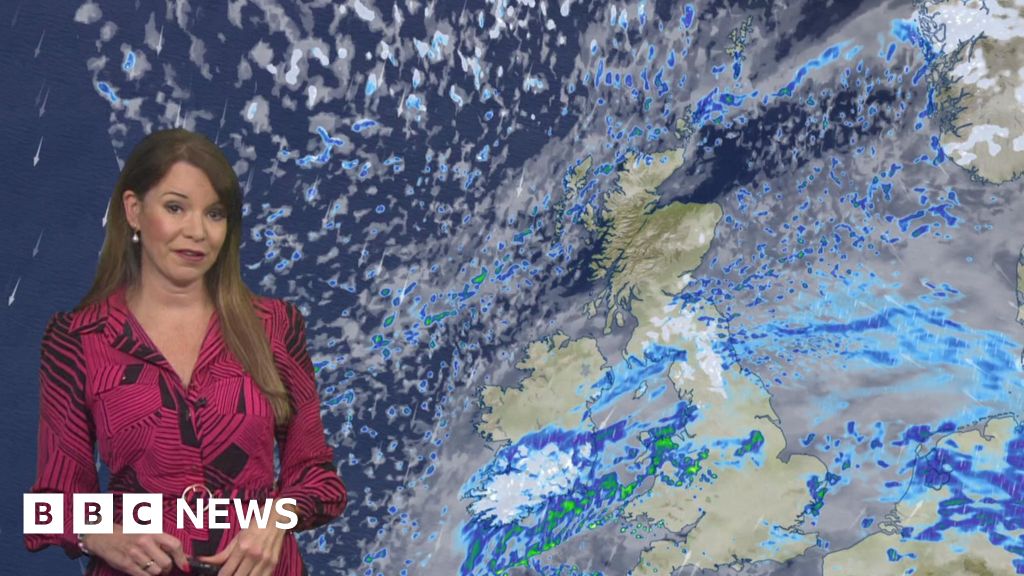
Residents and City officials in Retreat, Cape Town, during severe flooding caused by heavy rain and cold fronts. (Gallo Images/ER Lombard)
- More than R5.5 million in relief funding was spent in the Western Cape this winter.
- Heavy rains and flooding saw more than 170 000 people displaced.
- The bulk of those affected were in Cape Town.
Roughly 170 000 people were displaced during severe weather events in the Western Cape this winter, with R5.5 million in humanitarian relief distributed across the province.
Western Cape MEC for Local Government, Environmental Affairs and Development Planning Anton Bredell, said that the last two winters have seen an "increase in adverse weather patterns".
"A number of cold fronts battered the province one after the other, resulting in the province experiencing damage upon damage due to recurring floods. It is evident that this winter season has followed an intense and unpredictable pattern compared to previous years," Bredell's spokesperson, Wouter Kriel said.
This winter, Kriel said incidents of flooding and severe weather conditions were reported in the City of Cape Town, the West Coast District, and Cape Winelands District.
In Cape Town, more than 51 000 homes were damaged and 163 000 people were provided with humanitarian relief, said Kriel.
City of Cape Town Mayco member for Safety and Security JP Smith said the City had expected below-average rainfall and above-average temperatures at the start of the season. However, in July, the province saw record-breaking levels of rainfall, well in excess of the City's long-term average.
The City said that impact assessments this past winter recorded 788 areas affected by severe weather. Smith added that the City's humanitarian relief partners provided approximately 150 000 hot meals, 22 000 blankets, more than 4 000 beanies and nearly 10 000 hygiene packs.
"We were concerned about potential extreme weather episodes, and rightfully so, as the impact assessments show. And, the more extreme the weather event, the more difficult to mitigate against it, and the longer the recovery period.
"There have been multiple debrief sessions since July, and work is already under way to further improve the City's response to these extreme events in the future," said Smith.
READ | R30m allocated towards repairing Citrusdal road, after town cut off by severe flooding
In the West Coast District, around 2 100 people received humanitarian relief, and another roughly 3100 people in the Cape Winelands District.
News24 previously reported that a state of disaster had been declared in the Western Cape after extensive flooding this winter. The cost of damage caused has already been estimated to amount to more than R1 billion.
Western Cape Department of Social Development spokesperson Esther Lewis said that humanitarian aid in the form of food, bedding, clothing, toiletries and bottled water was distributed across the province, in partnership with humanitarian aid organisations.
"The South African Social Security Agency (SASSA) provided social relief to 6 584 affected persons, to the amount of R5 580 575," Lewis added.
However, it was not just weather-related incidents that authorities responded to, said Lewis.
She said:
After mid-August, the number of residential fires increased. During September about 13 894 persons were affected, with damage to 3 963 structures. Ten incidents were reported in Philippi alone, affecting 191 persons and 52 structures.
She added that a dam wall collapse and consequent flooding of the Riverlands community near Malmesbury affected 444 persons and displaced 224 persons.
Kriel added that the provincial government will continue with a multi-disciplinary approach into future winters, which includes the monitoring and dissemination of impact-based weather forecasts, the strategic placement of resources in vulnerable areas, and the monitoring of river and dam levels.
"Planning for eventualities, some of which never happen, is a large part of disaster risk management, and we will continue to prioritise this. Ongoing public awareness and communication has proven to be crucial, and this will remain a focus area for us," he said.
 (1).png)
 3 months ago
11
3 months ago
11


















